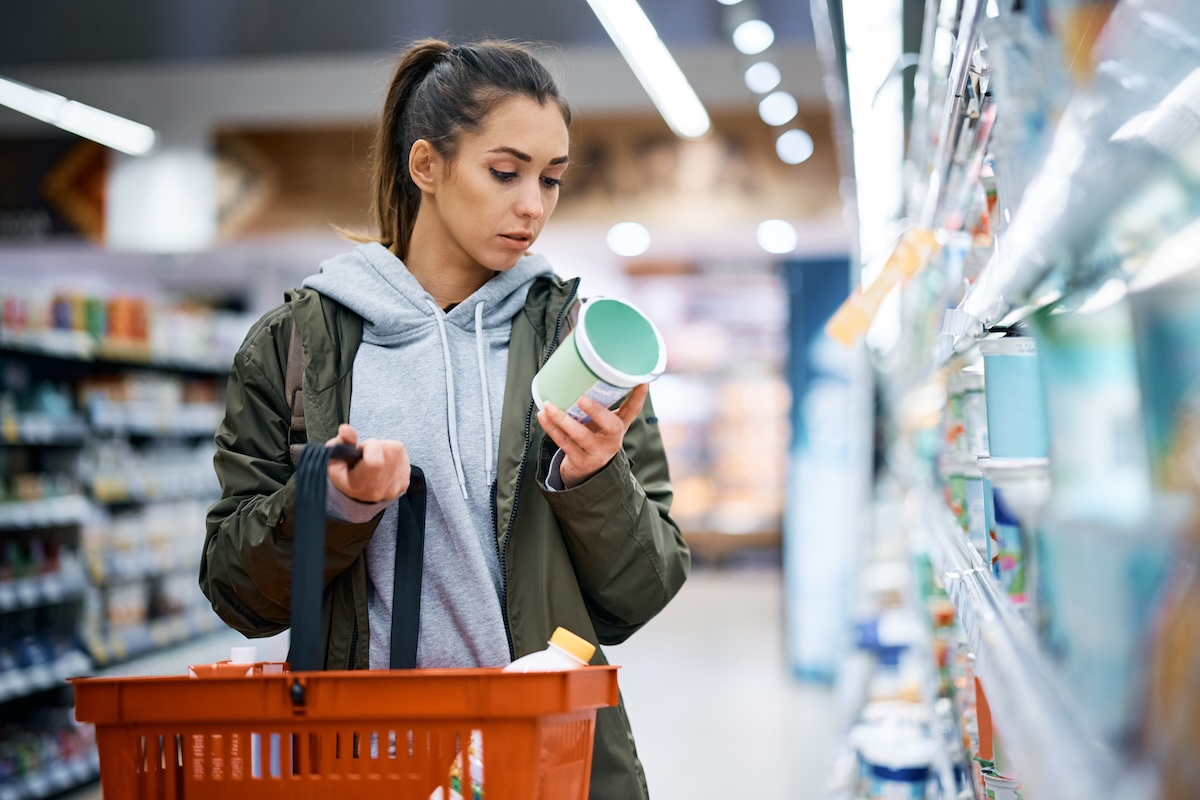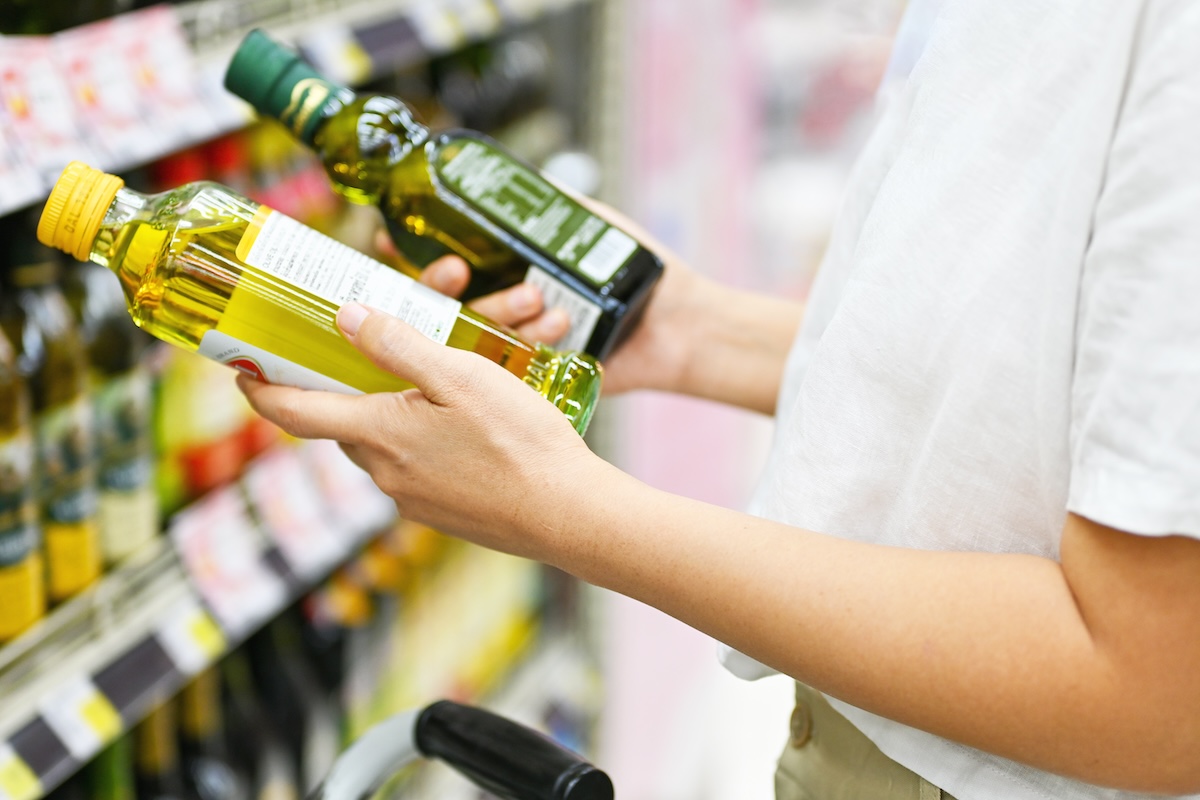When reading a nutrition label, one of the most important—but often overlooked—details is the serving size. Many people assume that the numbers on the label apply to the whole package, but that’s not always the case! Understanding serving sizes can help prevent overeating and allow you to make more informed choices about what you eat.
Why Serving Size Matters
Most packaged foods contain more than one serving, even if they look like a single portion. This means that if you eat the whole package, you’re consuming multiple times the calories, sugar, fat, and sodium listed on the label.
For example:
- A 20 oz bottle of soda may list 100 calories per serving, but if it contains 2.5 servings, drinking the whole bottle actually means consuming 250 calories—plus extra sugar!
- A bag of chips might say 150 calories per serving, but the bag contains three servings—eating the whole bag means 450 calories instead.

How to Avoid Hidden Calories
- Check the serving size at the top of the nutrition label.
This is the first step to understanding what you're actually eating. - Multiply the nutrients by the number of servings if you're eating the whole package.
Calories, sugar, sodium, and other numbers are listed per serving, not per package—so do the math to know your real intake. - Use measuring cups or a food scale to portion out servings accurately at home.
This helps you stay on track without guessing. - Compare similar products.
Some brands use smaller serving sizes to make their products seem healthier than they are. So watch out!

The Trick Food Companies Use
Some companies manipulate serving sizes to make products seem lower in calories, sugar, or fat. A cookie package might list "half a cookie" as a serving, even though most people will eat the whole thing! Always double-check the numbers to make sure you’re seeing the full picture.
Takeaways
Serving sizes can be misleading, but knowing how to read them can help you manage portion sizes, track nutrients correctly, and make healthier choices. Next time you grab a snack, take a second to check the label—you might be surprised by what you find!



